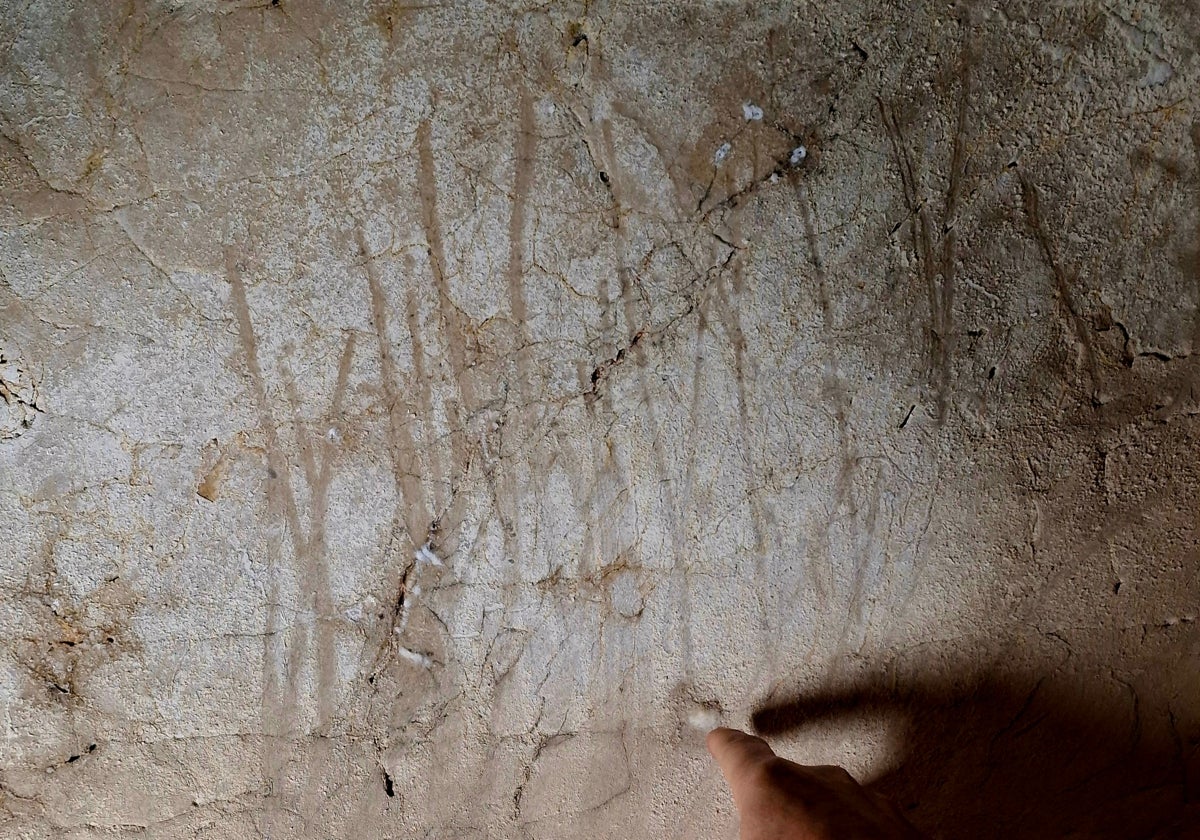

Sections
Highlight

Pedro Cantalejo, a veteran archaeologist who has spent more than four decades studying the Cueva del Tesoro (treasure cave), located near Rincón de la Victoria on the eastern Costa del Sol, has made remarkable progress. His efforts have been rewarded with the discovery of the oldest human marks made by handprints in the Mediterranean region. According to the archaeologist, the marks, which include handprints, fan-shaped finger trails and wall impressions made when the cave’s rock was still soft and damp, are "very important for the scientific community around the world".
As the presence of neanderthals is confirmed, new doubts give rise to further research and hypotheses. While other discoveries have pointed more to decorative purposes etched during the Paleolithic era, the most recent ones clearly indicate intentional exploration of the cave. Some handprints belong to children or adolescents and at least one appears to have been made from an elevated position, suggesting the individual climbed a rock to leave their mark.
The discovery will expand research, supported by provincial authorities and Malaga's expert teams, enhancing the value of the Cueva del Tesoro "not only as a tourist attraction, but also as a centre for study and research". The project has received work authorisation and support at least until the end of the year.
Noticia relacionada
It was in September of 2024 that the Junta de Andalucía's culture department first authorised the start of the new study of the Rincón de la Victoria caves, which had been abandoned since the 1970s.
In addition to the hand and fingerprints, the findings also include engravings made with lithic instruments, red marks and black traces. Handwork in the cave during the Palaeolithic period was possible thanks to the rock being softer and more humid at the time.
It is important to note that the marks were found in the middle and final section of the large cavity, with a length of more than a kilometre, which indicates exploration of the cave in depth.
Carbon14 dating of sediment layers in the cave’s first chamber indicates continuous human presence between 44,100 and 6,900 years ago. Archaeologists have also found two shells with large deposits of molluscs, crustaceans and fish, pointing to 14,000-year-old food remains. Another discovery in the same chamber are the remains of an entrance shaft, with the original debris plug still sealed.
The study of the cave has allowed scientists to place three key dates, the oldest work dating back at least 34,000 years. Excavations in the Sala de las Conchas (shell chamber) have also documented layers from the Epipalaeolithic period - a time of climatic transition between the colder Paleolithic age (the last stage of the Old Stone age) and the Neolithic era with a climate closer to the current Mediterranean. These discoveries are helping researchers better understand how ancient populations adapted to such drastic climatic changes.
Publicidad
Publicidad
Publicidad
Publicidad
Esta funcionalidad es exclusiva para registrados.
Reporta un error en esta noticia

Debido a un error no hemos podido dar de alta tu suscripción.
Por favor, ponte en contacto con Atención al Cliente.

¡Bienvenido a SURINENGLISH!

Tu suscripción con Google se ha realizado correctamente, pero ya tenías otra suscripción activa en SURINENGLISH.
Déjanos tus datos y nos pondremos en contacto contigo para analizar tu caso

¡Tu suscripción con Google se ha realizado correctamente!
La compra se ha asociado al siguiente email
Comentar es una ventaja exclusiva para registrados
¿Ya eres registrado?
Inicia sesiónNecesitas ser suscriptor para poder votar.